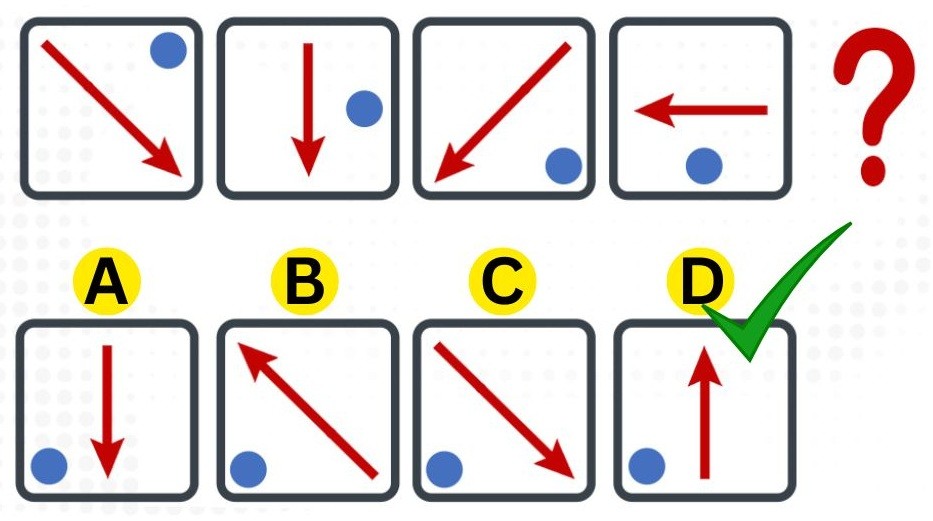IQ tests aren't just about numbers and words—they’re also about how well your brain can identify patterns, process visual cues, and apply logic to abstract problems. That’s where non-verbal reasoning steps in. It's a powerful tool used in aptitude tests, psychometric assessments, and competitive exams like SSC, Banking, UPSC, LIC AAO, RRB, and more. These tests assess your ability to recognize patterns, sequences, and relationships between shapes, diagrams, and figures without relying on language.
The science behind non-verbal reasoning lies in the brain’s visual-spatial processing, located primarily in the parietal lobe. When you engage in visual reasoning tasks, your brain processes geometric shapes, their orientation, movement, and positioning all at once—activating areas linked to cognitive flexibility and mental rotation. Regular practice of such puzzles has been found to strengthen problem-solving, memory, and even creative thinking.
These puzzles are not just exam-relevant; they're also brain workouts that keep your mind sharp. Elite-level IQ societies and corporate hiring assessments worldwide use these tests to measure raw cognitive potential. If you can solve today’s challenge in under 5 seconds, consider yourself exceptionally quick at mental pattern recognition.
What is a Non-Verbal Reasoning Test?
A non-verbal reasoning test evaluates your ability to analyze and understand visual information. Unlike verbal or numerical reasoning, it relies entirely on images and patterns. Questions often involve identifying the next image in a sequence, spotting the odd one out, or solving abstract figure-based problems. These types of questions appear in the reasoning sections of exams like SSC CGL, Bank PO, Clerk, RRB, LIC AAO, and even in UPSC prelims. Mastery in non-verbal reasoning is essential for aspirants who want to score high in the aptitude sections of competitive tests.
IQ Test: Non-Verbal Reasoning Questions With Answers

Take a good look at the visual puzzle above. You're shown a 4-box sequence in the top row and four options labeled A to D in the row below. Each box contains a red arrow and a blue dot arranged in different patterns.
Your task is simple, but you only have 5 seconds: Which one of the four options (A, B, C, or D) continues the logic of the top sequence?
Optical Illusion IQ Test: Only 2% Visually Sharp Can Spot The Hidden Fox In 5 Seconds!
Look closely. Think abstractly. Use your visual intelligence.
Remember: these kinds of questions test your pattern recognition, spatial awareness, and sequential logic—skills that are often associated with high IQ individuals and high-performing competitive exam candidates.
Brain Teaser To Test Your IQ: One of These Women Isn’t Human! Can You Spot Who In 5 Seconds?
IQ Test With Answer: Option D

If you look at the sequence carefully, the red arrow rotates 90 degrees counterclockwise in each successive box, and the blue dot moves clockwise around the corners. Following this visual logic, the arrow in the next box should point upward, and the blue dot should be in the bottom-left corner. That perfectly matches Option D.
Think You Are A Visual Reasoning Genius? Share This Puzzle!
If you cracked the sequence in under 5 seconds, that’s a strong sign of a sharp visual IQ and advanced pattern recognition skills—traits highly valued in competitive exams and real-world problem-solving.
Share this puzzle with your friends and challenge them too. Who can solve it fastest?
You May Also Like...
Your Favourite Coffee Reveals Your Hidden Personality Traits
NYT Connections Hints April 14 2025: Check Clues and Answers to Solve Today’s Puzzle Game
Comments
All Comments (0)
Join the conversation